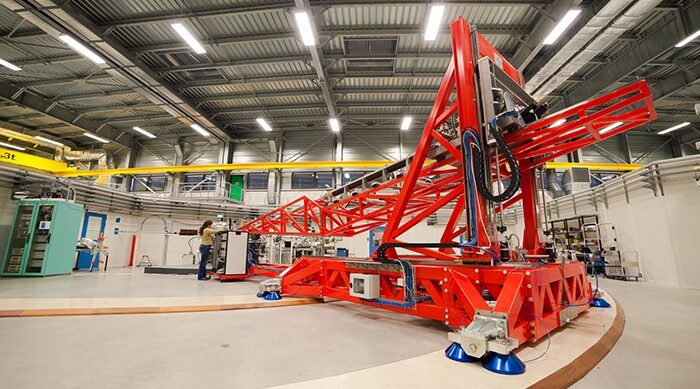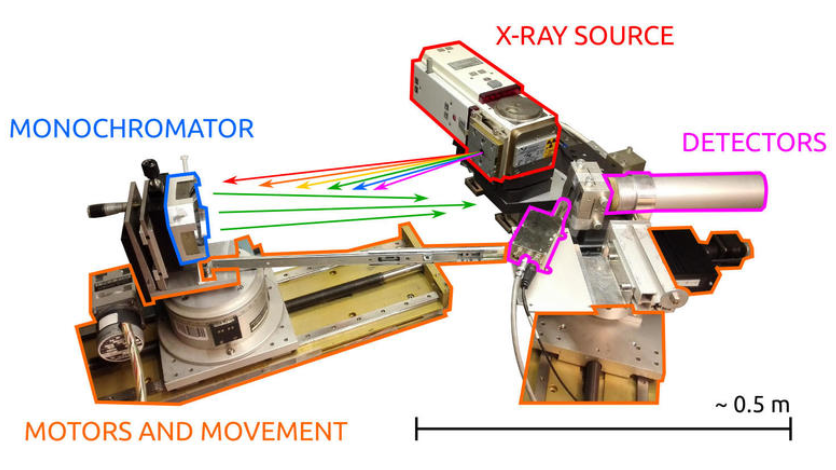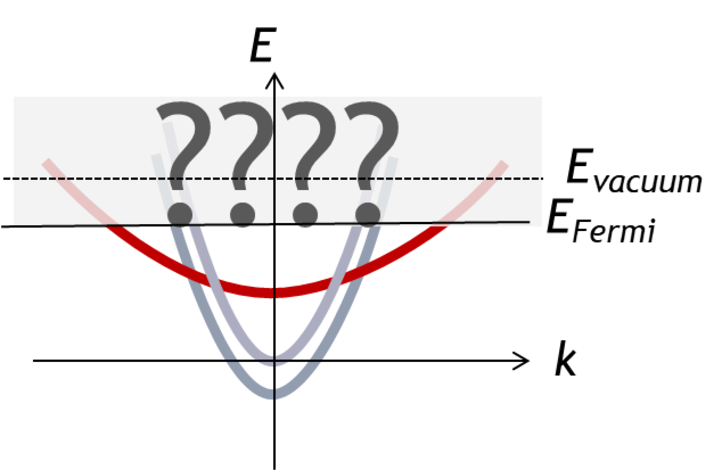Resonant Inelastic X-ray Scattering
One of the main activites of the POLIMIX group is the investigation of Strongly Correlated Systems and other Quantum Materials using Resonant Inelastic X-ray Scattering and other synchrotron-based tehcniques.
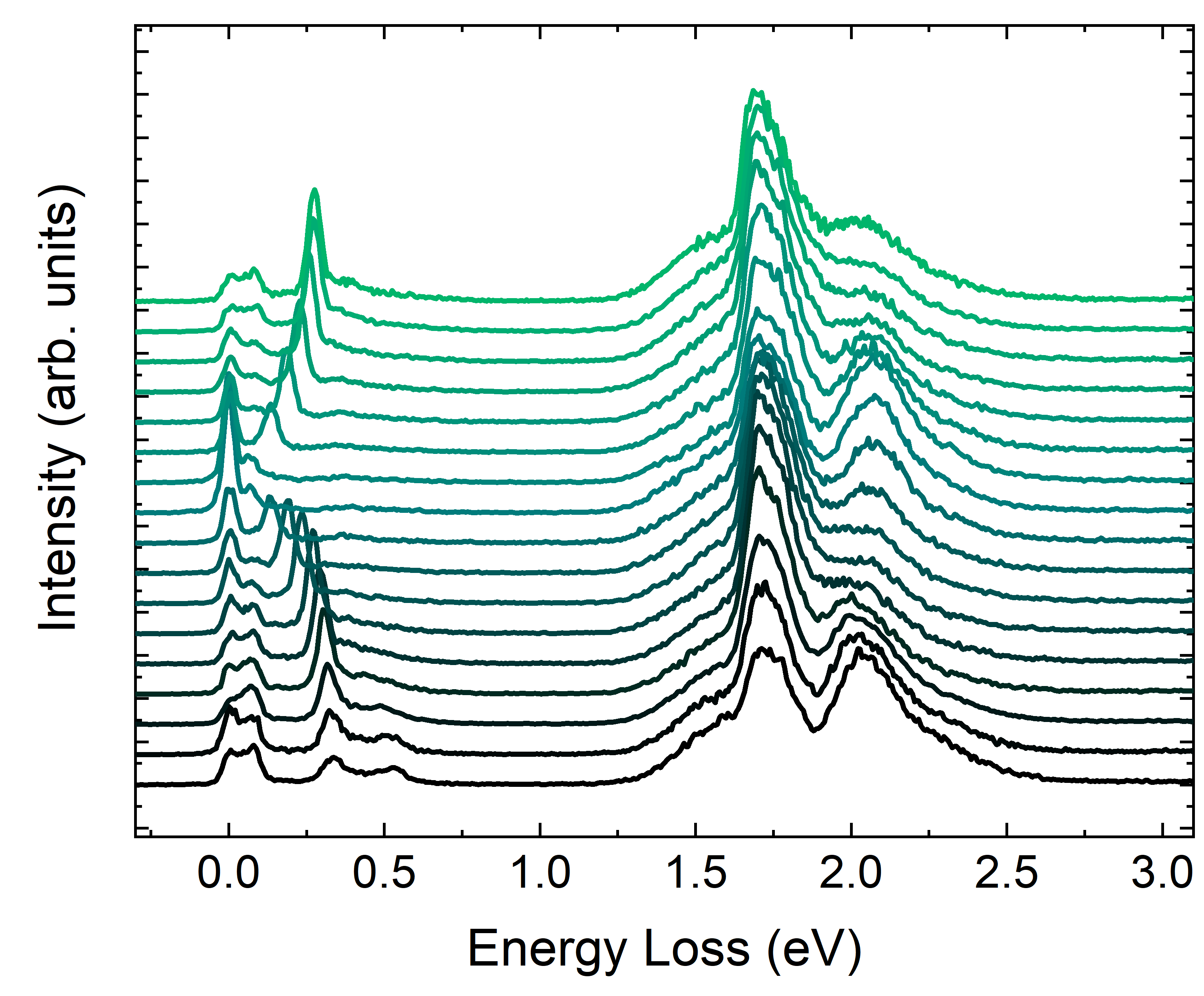
Our main tool is Resonant Inelastic X-ray Scattering, an innovative X-ray tehcnique whose technical development and scientific exploration in the last 15 years carry the name of our group.
The first modern RIXS spectrometers were built here at the Physics Department, and then mounted at ESRF and Swiss Light Source. After that, our group took an active role in the design of the ERIXS spectrometer at the ESRF, which started operation in 2015, and hRIXS, the new hRIXS spectrometer of the European-XFEL, the first soft x-ray RIXS intruments for pump-probe experiments.
In the last 5 years, many more RIXS spectrometers were built in state-of-the-art synchrotron in the United States, England, Sweden, and Germany.
What is RIXS?
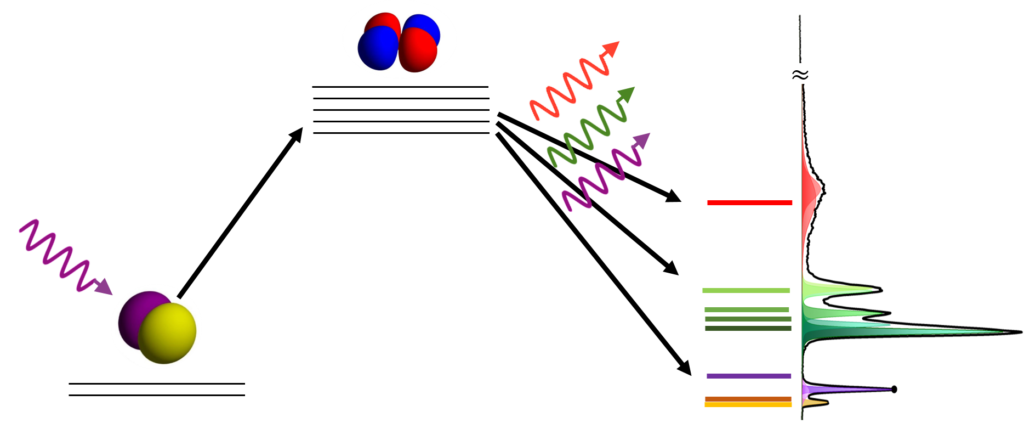
RIXS is a photon-in photon-out technique which inherits the characteristics of two different families of x-ray tehcniques: spectroscopy and diffraction. The process is similar to the more-common (non-resonant) IXS and Inelastic Neutron Scattering (INS): we shine our materials with monochromatic x-rays, and by analysing the energy and direction of the scattered photons we can retrieve the energy and momentum of the excitations created in the material during the scattering event.
However, differently from IXS and INS, we tune the photon energy to a core-absorption edge, such as the L-edge of transition metals, the K-edge of light elements, or the M-edge of rare earths. This resonant character brings tremendous advantages:
- element and even site-sensitivity inside the unit cell, meaning that we analyse the excitations of just the atomic species we have selected
- orders-of-magnitued increase of the cross section which allows us to study not only crystals, but also thin films and even monolayers, overcoming the limitations of INS
- access to purely-magnetic excitations.
We currently perform experiments using many RIXS spectrometers in synchrotrons all around the world.
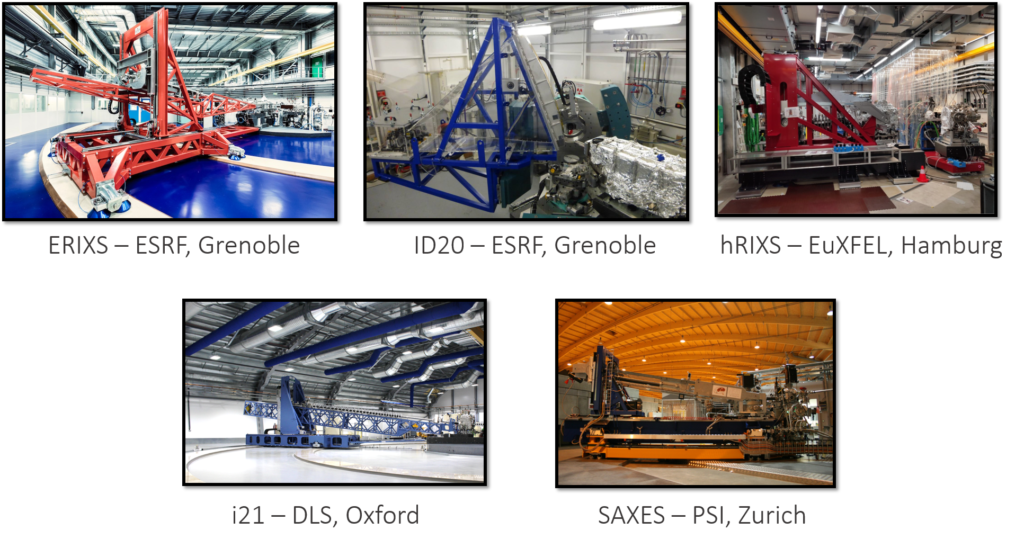
What do we study?
Our interest lies in Strongly Correlated Materials, were the interaction between electrons produces extremely complex and fascinating physics.
Among them, our main focus is on High Temperature Superconductors. In the last years, we have obtained a number of important results in the field:
- We have discovered different forms of charge order in YBa2Cu3O7-x and other HTS families
- We have used RIXS to measure the crystal field energies in all HTS families.
- We have extensively studied their magnetic excitations, establishing the presence of short-range AF correlations even at high doping levels.
- We have for the first time used RIXS to measure the electron-phonon coupling in cuprate superconductors.
Our group has also worked extensively in the field of iridium compounds and other candidates for the observation of Kitaev physics: in these systems, the reduced value of the spin and the strong geometric frustration are predicted
to generate complex physics, with the appearance of Majorana fermions.
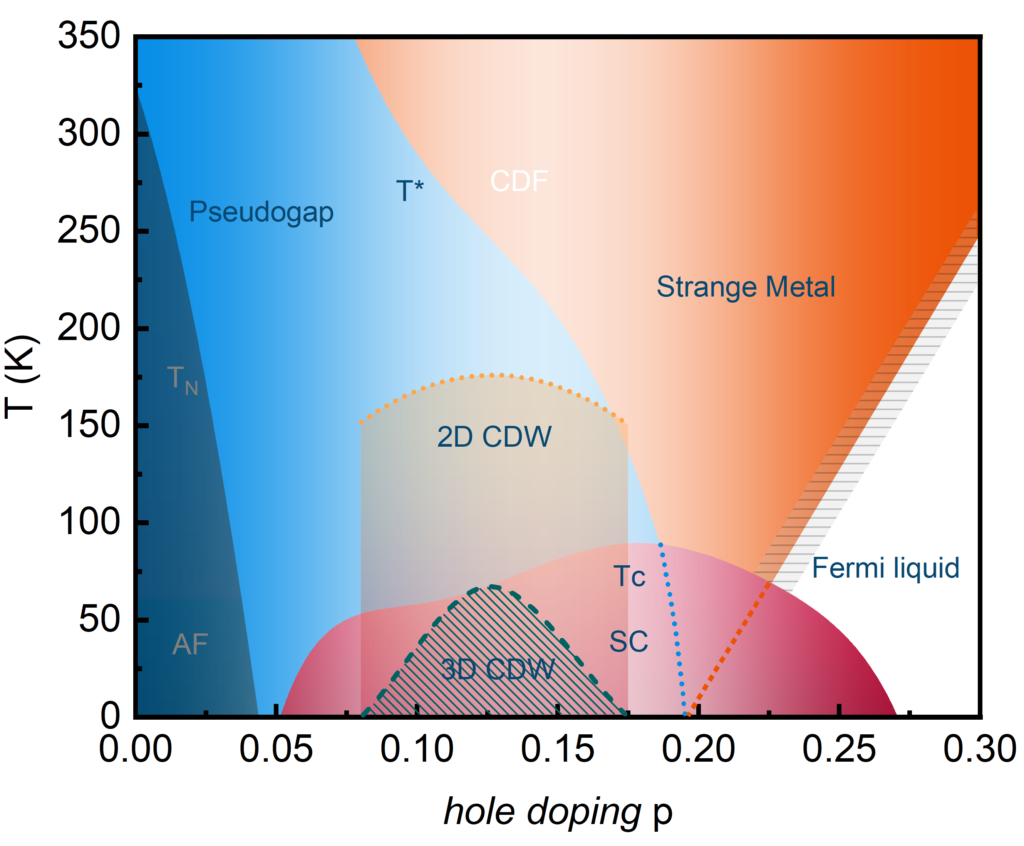
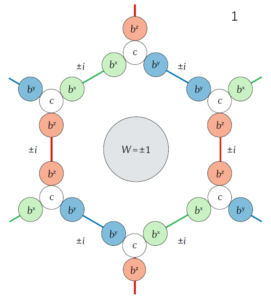

Design of a lab-XAS spectrometer
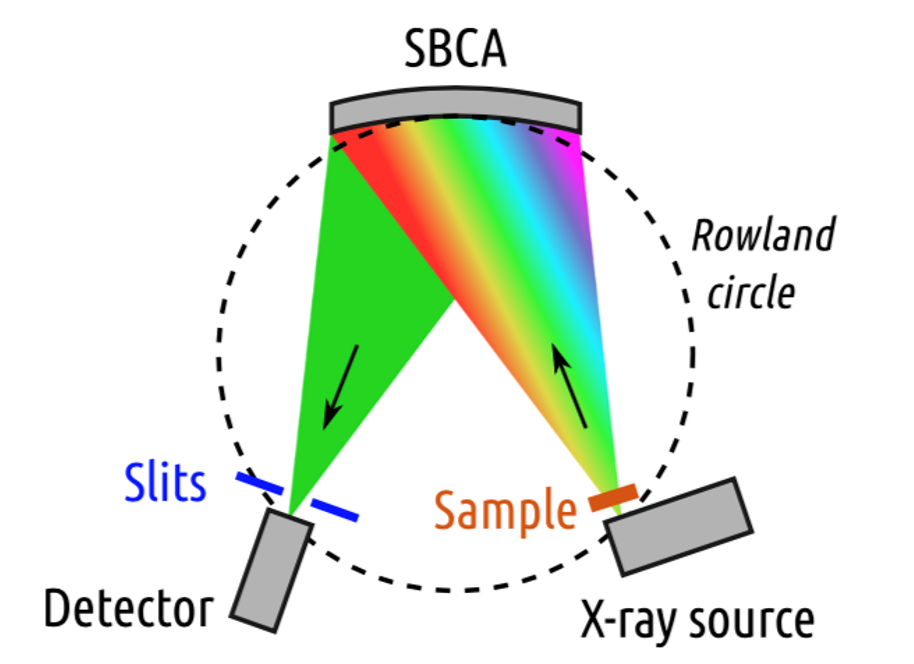
X-Ray Absorption spectroscopy (XAS) is a powerful technique used to characterize materials, which can give information on the present atomic species, their oxidation state and their electronic configuration.
However, performing XAS experiments outside synchrotron facilities is extremely challenging due to a lower photon flux, larger spot size and much lower brilliance.
The NeXt-GAME project aims to overcome this limitation. We are currently desiging a new table-top XAS spectrometer to be installed here at PoliMi, to be used jointly with the Chemistry Department for studies on new materials, next-generation batteries, catalysis and biochemistry.
The mechanical and optical components will be designed in collaboration with Cinel, a top-level company in the field of x-ray and vacuum technology.
What are we doing?
The correct design of the spectrometer requires extensive ray tracing simulations to optimize the energy resolution, the flux and the spot size on the detector.
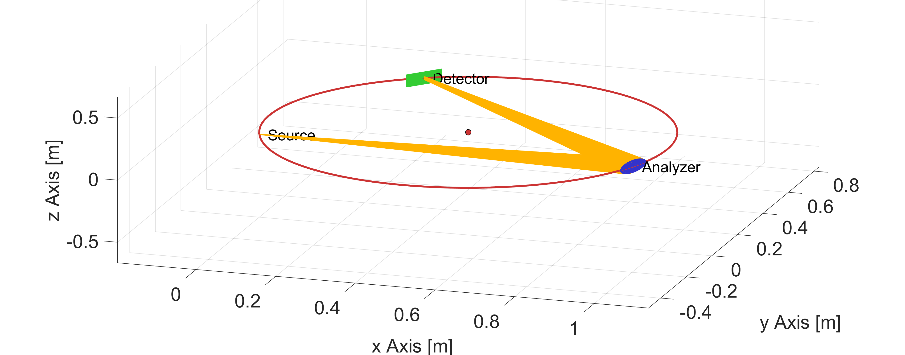
In the near future, we will characterize the performance of the source and the dector.
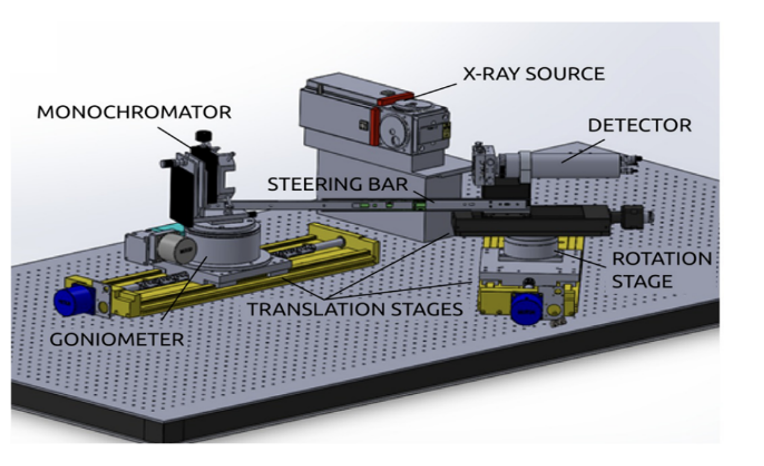

AbovEF
In the last 30 years angle resolved photoelectron spectroscopy (ARPES) has become the master tool in solid state physics to study the electronic structure below the Fermi level. However, the counterpart for empty states, i.e. inverse photoemission (ARIPES), has been improving the quality of the experimental data much more slowly, hampered by small cross sections. Consequently, ARIPES is far less popular than ARPES. Our project aims at building a totally new ARIPES system with an unprecedented energy resolution of 30-40 meV, thanks to a 10-100 gain in overall detection efficiency. With the abovEF lab we will determine the dispersion of electronic bands of 2D materials of various degree of correlation.
ARPES and ARIPES
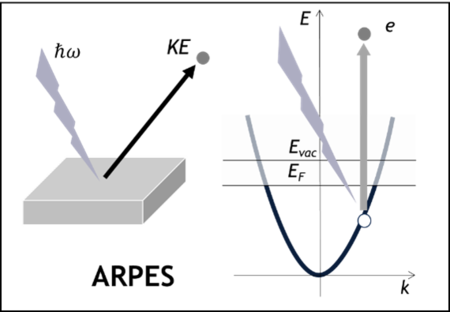
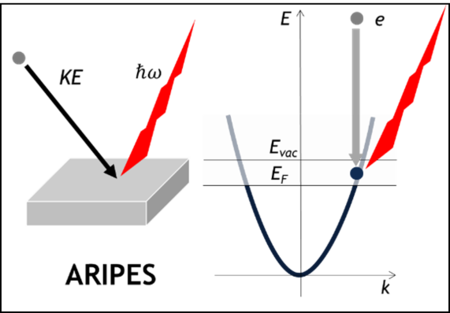
ARPES is a photon-in electron-out spectroscopy that allows to directly map the dispersion of electronic states and quasiparticles just below the Fermi level. In ARPES the sample absorbs an incoming UV or X photon with consequent emission of an electron an occupied energy level. By measuring the kinetic energy of the emitted electron at different angles, the valence electron band dispersion can be reconstructed.
ARIPES is an electron-in photon-out spectroscopy that is time-reversal of ARPES: an electron with known kinetic energy is captured by the sample and by occupying an empty state above the Fermi level. The energy balance is kept by the emission of a photon whose energy is linearly related to the energy of the electron final state. The wavevector of the state above the Fermi level is set by the direction of the incoming electron.
By combing ARPES and ARIPES wi,th similar energy resolution, it will become possible to check for any particle-hole asymmetry across the Fermi level and the formation of charge gaps, as for example in high Tc superconducting cuprates.
What we are doing
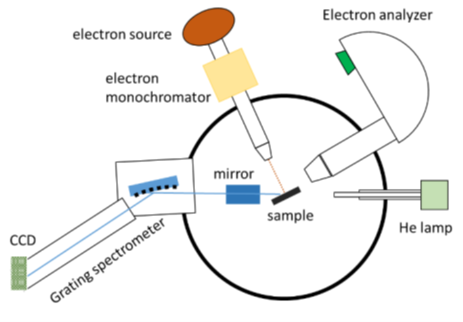
The first milestone of this project is the full design of the ARPES spectrometer and of the electron source and monochromator. The second step will be the commissioning of the system. Finally we will do the first experiments on 2D Transition Metal dichalcogenides and on superconducting cuprates.


